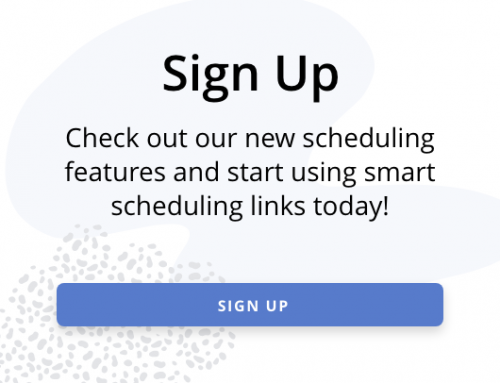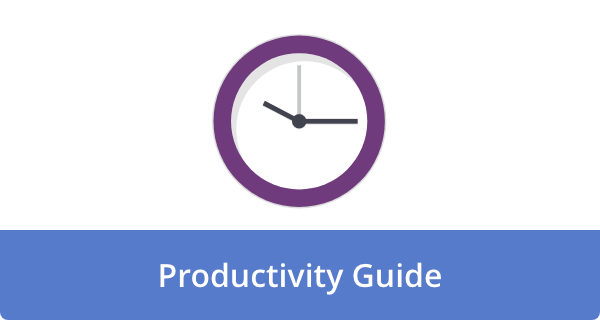
The average American spends 4 hours and 34 minutes daily on their phone. When we’re not glued to our phones, we’re fixated on other screens feeding us cheap dopamine hits powered by AI algorithms. I’ve been following Koi Academy’s work on digital wellness, and their updated dopamine detox protocol for 2025 offers some valuable insights worth discussing.
While awareness about our cheap dopamine addiction is growing, there’s still considerable misinformation about how to address it. Many people believe that quitting social media for a week will transform their lives, but as Koi Academy points out, it’s not that simple. Most detoxes fail because people lack a proper protocol.
The Three-Phase Approach That Works
What struck me most about Koi’s protocol is its structured, three-phase approach. The first phase—preparation—is something I’ve personally overlooked in past attempts to disconnect. Setting clear intentions makes all the difference.
When Koi and his girlfriend tried the protocol together, they had vastly different outcomes because they approached it with different goals. He was seeking a life reset, while she viewed it as a challenge. Without a genuine intention, any detox becomes just another task to complete rather than a transformative experience.
The protocol identifies four non-negotiable categories to cut during a detox:
- Binge Tech: All social media, video games, streaming services, and news channels
- Unhealthy Sex: Pornography, masturbation, and dating apps
- Toxic Consumables: Alcohol, recreational drugs, excessive caffeine, and junk food
- Thrill-Seeking Behavior: Gambling, trading, online shopping, and browsing
What makes this list powerful is how it targets not just obvious dopamine triggers but also the more subtle ones like “anticipation dopamine” – that feeling when you spend more time looking for something to watch than actually watching it.
The Science Behind the Protocol
I appreciate how Koi explains the physiological basis for the detox duration. Using Dr. K’s speaker analogy, he describes how our brains become desensitized to dopamine when constantly overstimulated, resulting in the downregulation of dopamine receptors.
The detox allows our brains to resensitize, which can happen within 7 days but is more likely to take 2-4 weeks. This scientific grounding gives the protocol credibility beyond just another internet wellness trend.
When we cut out all this stuff, something returns that’s been locked away: our thoughts. Most people use these heavy dopamine activities to numb their mind, to escape from reality.
This observation resonates deeply with me. I’ve noticed how my own digital habits often serve as escape mechanisms rather than enrichment. The emotional unraveling Koi describes—facing boredom, anxiety, and other negative emotions without digital distractions—is challenging but necessary.
Daily Practices That Make a Difference
What sets this protocol apart from others I’ve tried is its emphasis on what to add, not just what to remove. The five daily practices create a framework for healthy dopamine production:
- Spend time in nature without digital distractions
- Move your body for at least 20 minutes
- Engage in meaningful social interaction
- Practice reflection through journaling or meditation
- Dedicate at least one hour to deep work on a personal project
The last practice, in particular, stands out to me. In a world of instant gratification, retraining our brains to connect effort with reward is perhaps the most valuable outcome of this process. I’ve found that my most fulfilling experiences come from creating something meaningful, rather than passively consuming it.
Beyond the Detox: Intentional Restoration
Most detox protocols end after the elimination phase, but Koi’s includes a critical third phase: restoration. This is where real transformation happens. Instead of reverting to old habits, we thoughtfully consider what deserves a place in our lives.
I find the Japanese art of kintsugi a perfect metaphor for this process. Rather than trying to hide the cracks in our relationship with technology, we can fill them with intention and create something more valuable.
The hard questions Koi suggests we ask ourselves—about our values and the kind of person we want to be—provide a framework for making these decisions. This isn’t about temporary challenges but lasting change.
As AI and technology continue to advance, the ability to control our relationship with dopamine will become an increasingly valuable skill. Those who master it will have a competitive advantage, using technology as a tool rather than being controlled by it.
I’m planning to implement this protocol myself in the coming weeks. The promise of reclaiming my attention, reconnecting with what matters, and using technology with intention rather than habit feels worth the temporary discomfort. In a world designed to capture our attention, taking it back might be the most rebellious act of all.











Deanna Ritchie
Editor-in-Chief at Calendar. Former Editor-in-Chief and writer at Startup Grind. Freelance editor at Entrepreneur.com. Deanna loves to help build startups, and guide them to discover the business value of their online content and social media marketing.